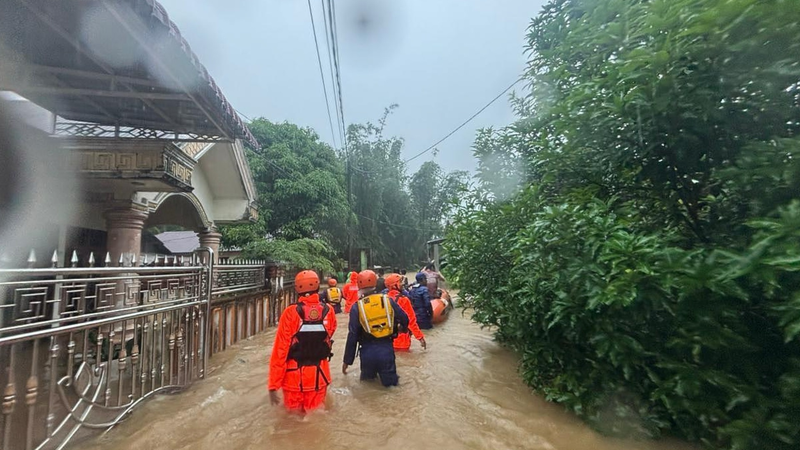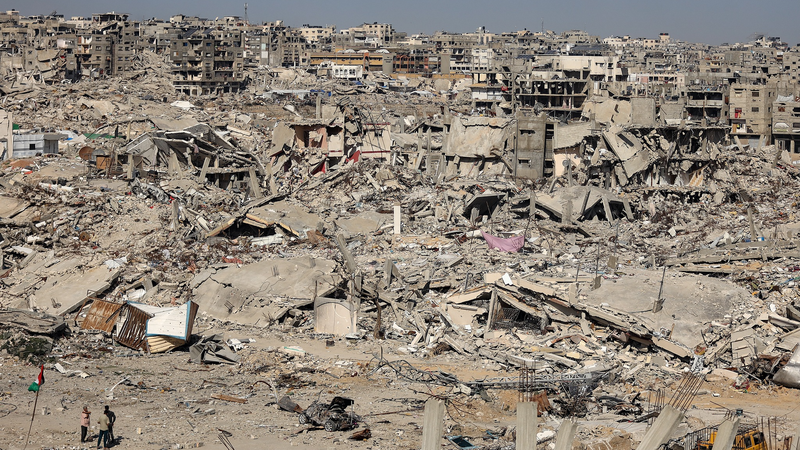Between Nov. 22 and 25, relentless rains battered North Sumatra province, Indonesia, causing rivers to burst their banks and triggering deadly floods and landslides across seven regencies and cities.
Authorities with the Provincial Disaster Management Agency (BPBD) report that 13 people have lost their lives—nine in South Tapanuli Regency and four in Central Tapanuli Regency. Another 37 residents were injured, and three remain missing as teams continue search-and-rescue operations.
From Sibolga's submerged streets to muddy slopes in Mandailing Natal, hundreds of homes, schools and public facilities were damaged. Thousands of residents have been forced to evacuate to temporary shelters as local officials distribute emergency supplies and coordinate relief efforts.
"Our priority is to secure safe shelter and restore access to clean water," said Sri Wahyuni Pancasilawati, head of BPBD North Sumatra's emergency handling, equipment and logistics division. "Teams are working around the clock to assess damages and reach isolated communities."
This disaster underscores the growing impact of extreme weather in Southeast Asia, where climate shifts are intensifying monsoon rains. Experts warn that better early-warning systems and resilient infrastructure are critical to reducing future losses.
As floodwaters recede, authorities are focusing on debris removal and rebuilding roads. For travelers and digital nomads exploring Sumatra's landscapes and communities, local officials advise monitoring official updates before planning visits to affected areas.
With recovery efforts underway, Indonesia's North Sumatra faces the challenge of not only rebuilding, but also adapting to a changing climate that threatens to make such disasters more frequent and severe.
Reference(s):
cgtn.com




